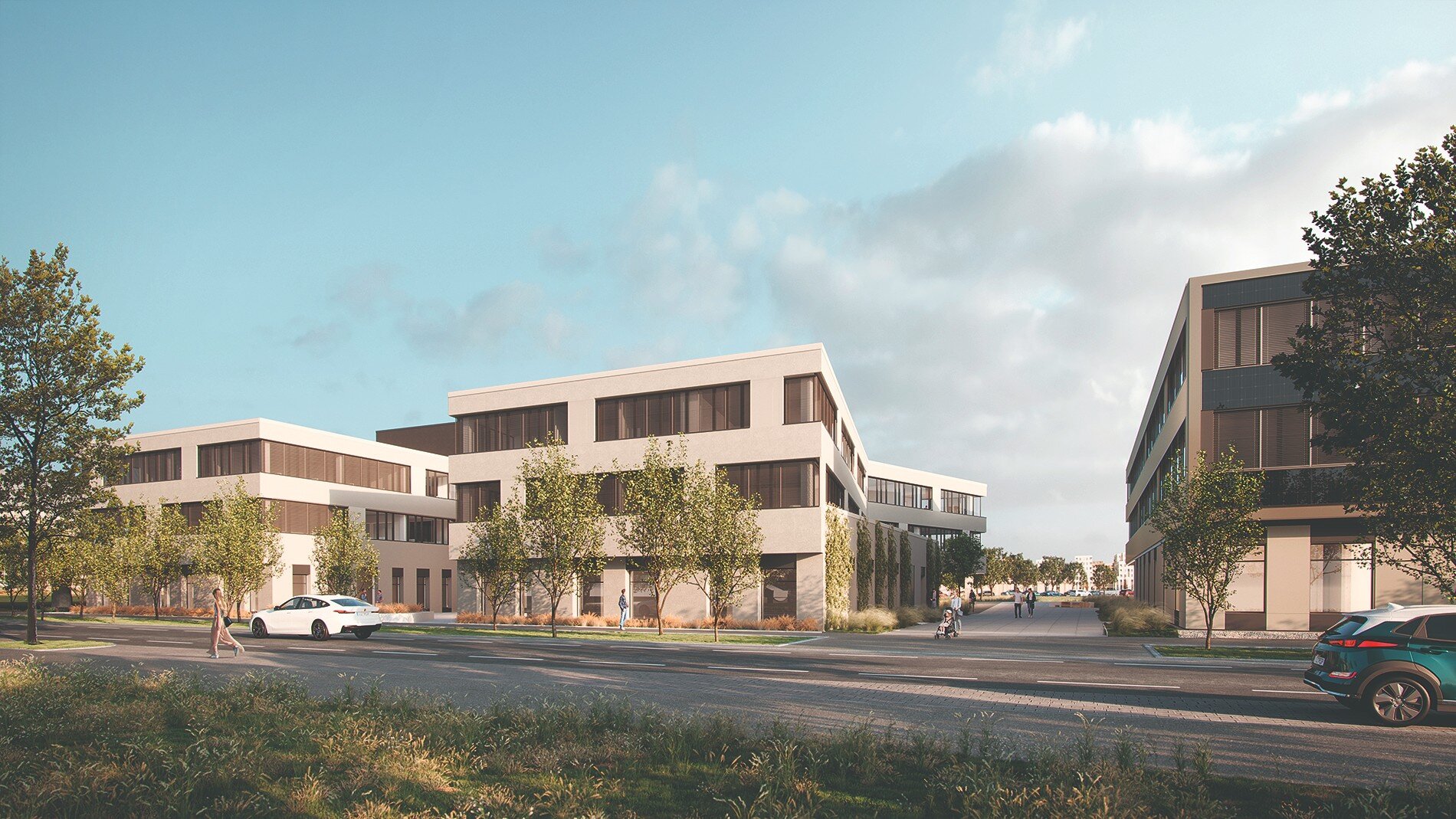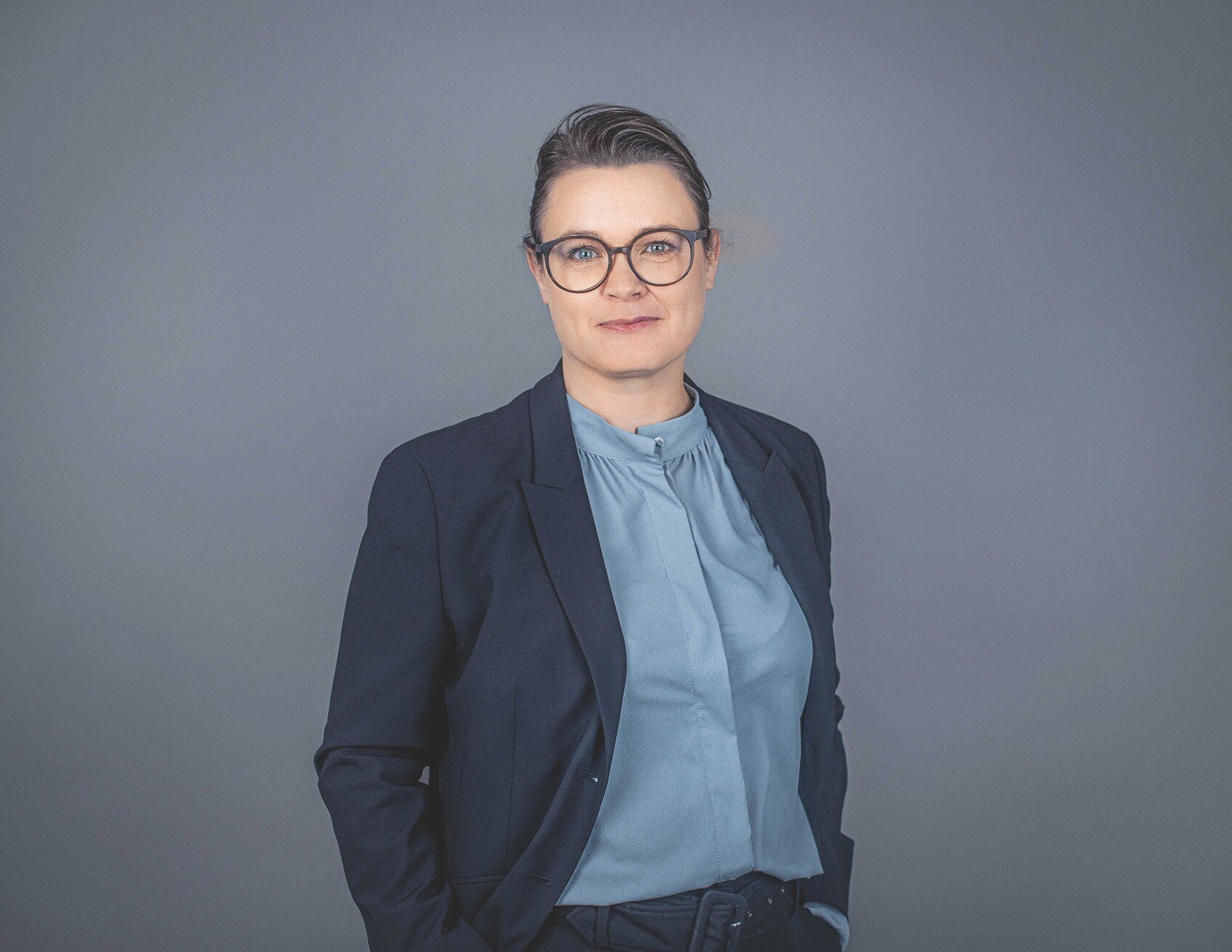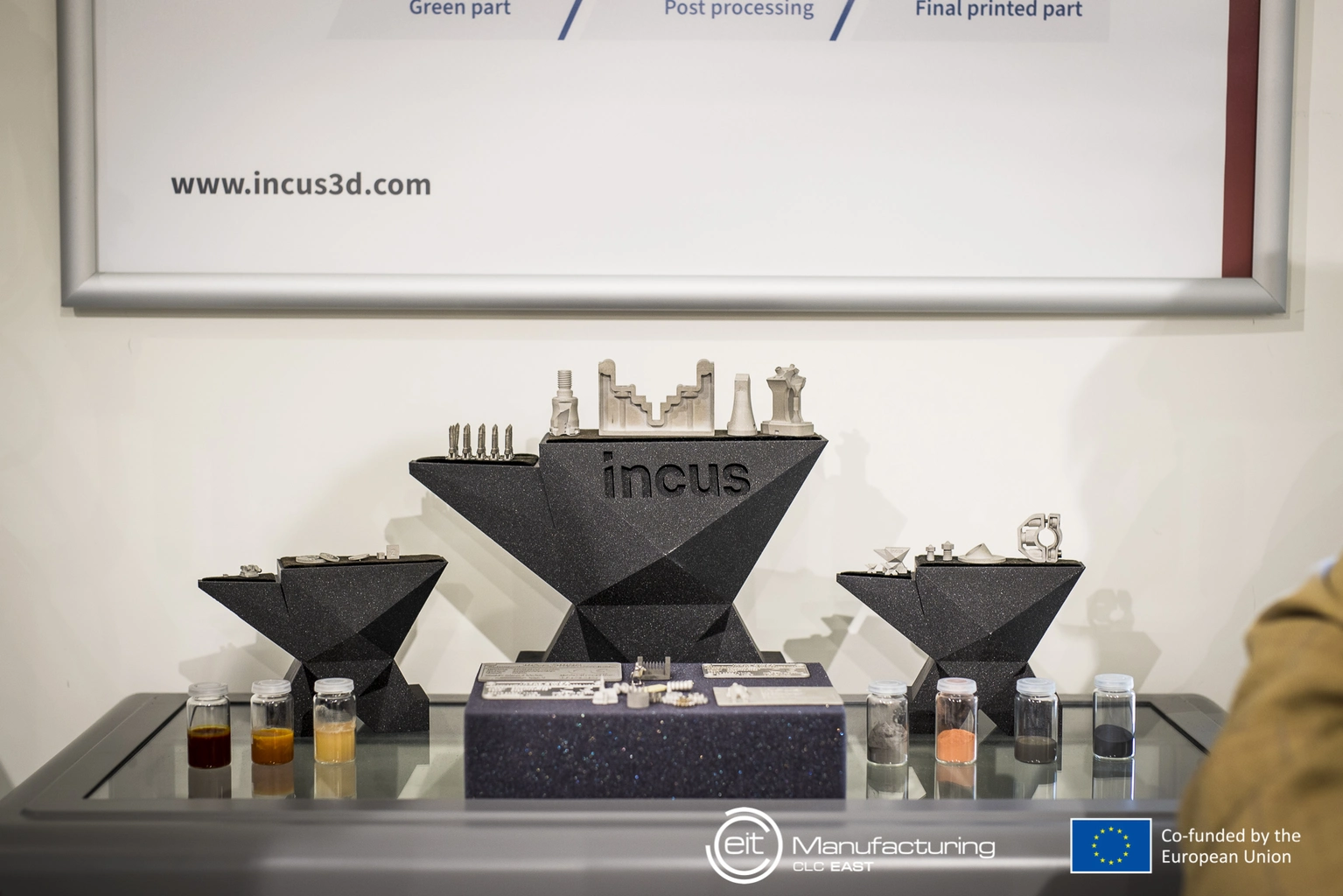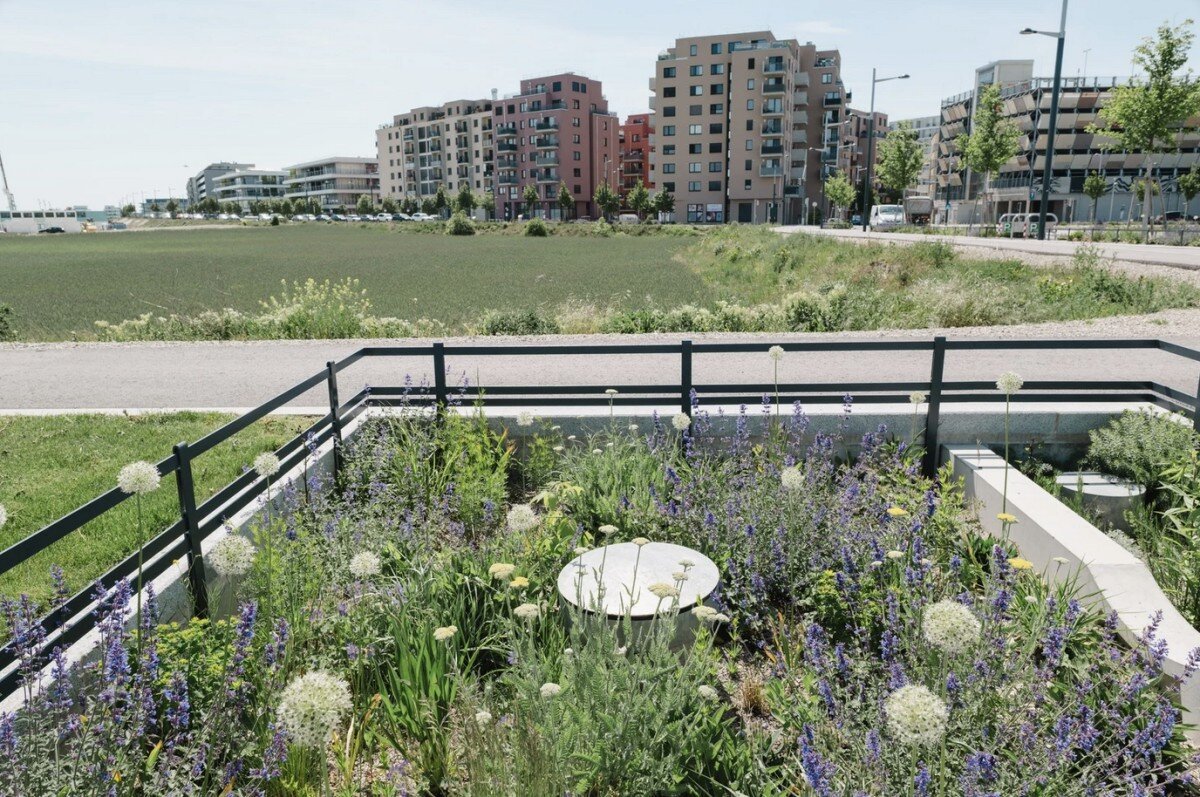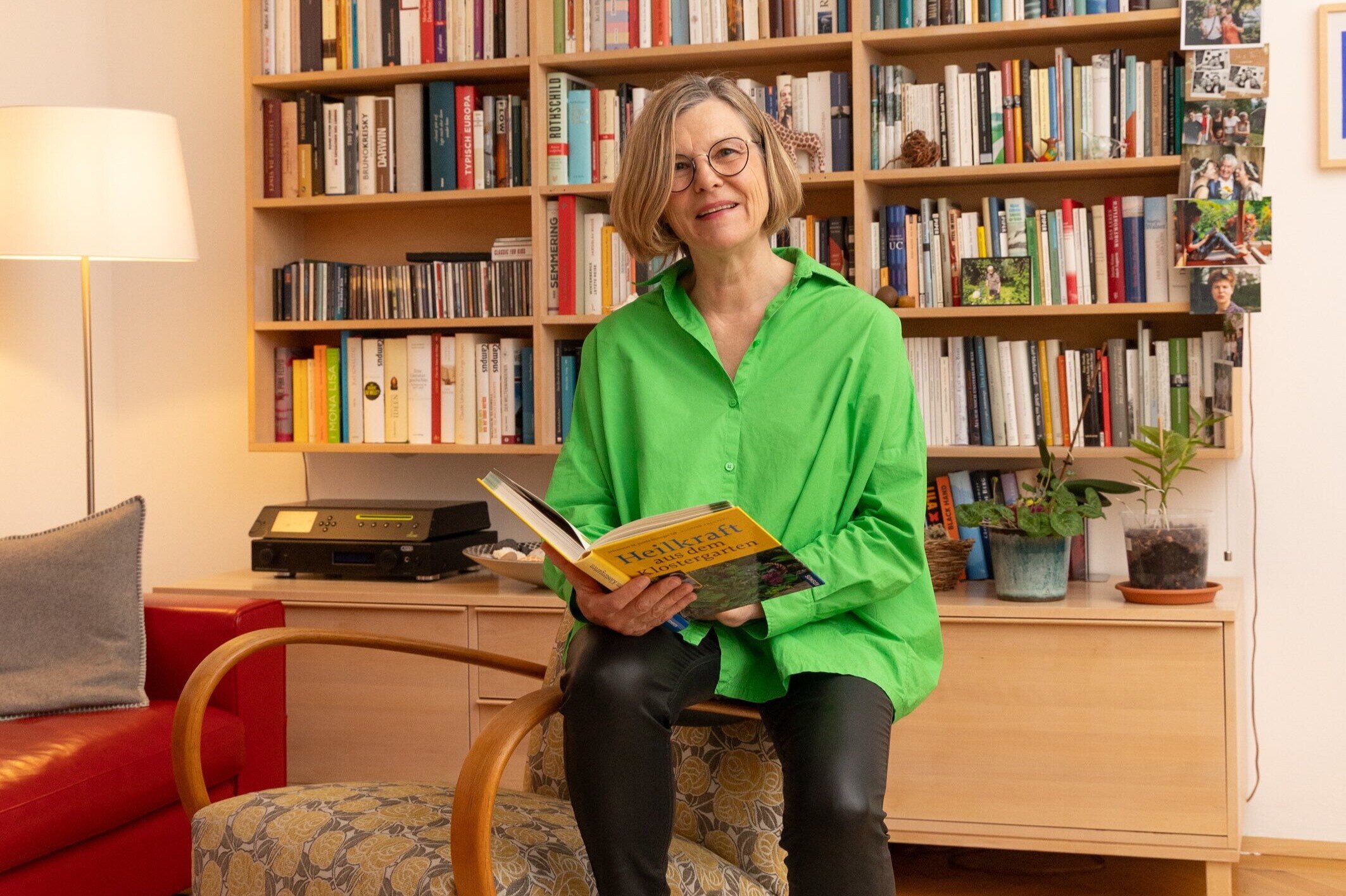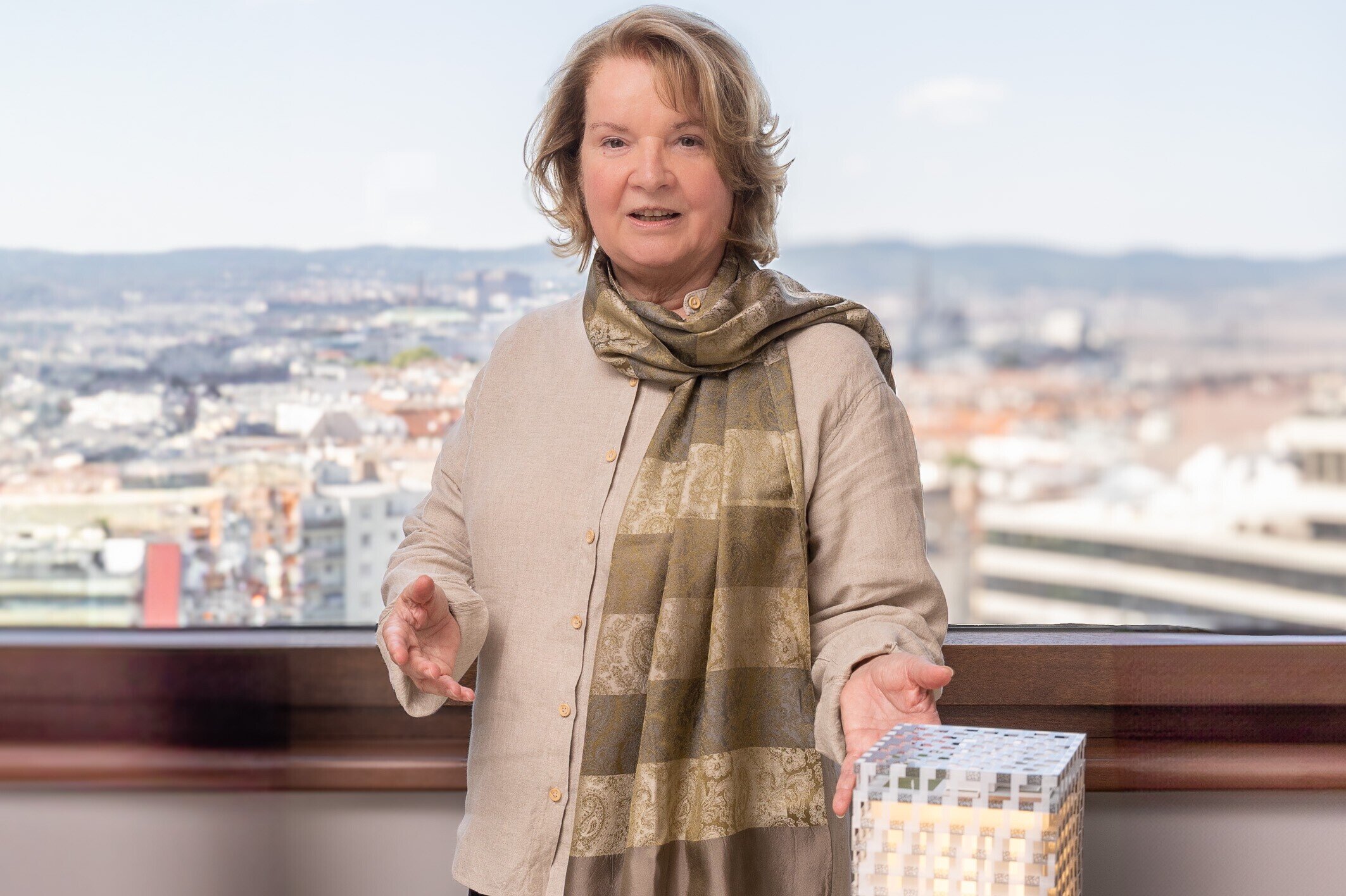Ms. Munksgaard, the Seestadt Technology Center is considered a location for companies in the innovative technology sector. Which future-oriented fields are specifically meant, and why is a new building needed?
Camilla Munksgaard: At the Seestadt Technology Center, we have brought together over 30 companies in the first two buildings, with a clear focus on forward-looking, i.e., innovative and sustainable technology sectors. In buildings tz1 and tz2, for example, you’ll find the Pilot Factory for Industry 4.0 of TU Wien, the European Co-Location Center of EIT Manufacturing, the start-up TeraWind, which makes wind turbines more efficient, or Incus with their 3D printing process for metallic materials. With the construction of tz3, we are meeting the demand for more space in this innovation center. This also applies to the start-up Arkeon, which is growing rapidly with its business idea and has found the ideal space for its research and technology development at the Technology Center. The new building thus expands the established focus on innovative technologies.Smart production and innovative technologies that incorporate sustainability are of great importance for the economic development of a major city. What do modern rental spaces need to offer to create ideal conditions for these key future industries? And how does tz3 meet the needs of these technology-driven, sustainability-oriented companies?
The Vienna Business Agency develops properties that companies can hardly find on the market. That’s why, at the Technology Center, we focus on production spaces—not just on the ground floor, but also with greater ceiling heights and load capacities on the upper floors, a kind of “light production.” With our flexible space concept, we can accommodate different production needs. The offices are also individually customizable and offer high-quality working and recreational environments. The rental units can be combined as needed, enabling companies to closely link production processes and office operations. In addition, the shared use of green spaces or event rooms in the first two buildings offers numerous opportunities for exchange and networking.
For new buildings, energy-efficient standards are becoming increasingly important. What does tz3 offer in this regard?
It is important to us to minimize energy consumption while creating an optimal working environment. As a high-tech building, tz3 uses its own building mass for temperature regulation and also relies on groundwater use to ensure both energy efficiency and comfort for users. In addition to large photovoltaic areas, it will also feature a CO2-controlled ventilation system with heat recovery as a low-energy building. This saves electricity and heating costs. Young start-ups with sustainable business models, like those found in the Technology Center, appreciate a building with a small CO2 footprint.To help increase resource, energy, and cost efficiency, the Vienna Business Agency is cooperating with “Digital Findet Stadt,” a platform designed to strengthen the digital innovation power of Austria’s construction and real estate industry. Keyword digital twin: What role does the digital counterpart of the physical property play in tz3? And to what extent do future tenants benefit from the building’s digitalization?
With the second building, tz2, we already tested initial possibilities of a digital twin at completion and commissioning. The third building has now been planned from the outset with Building Information Modeling, or BIM for short. The background reporting of facility management is intended to identify optimization potential in the future and eliminate disruptions more quickly.
